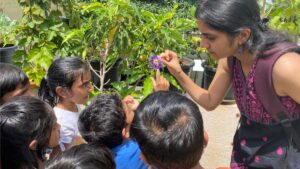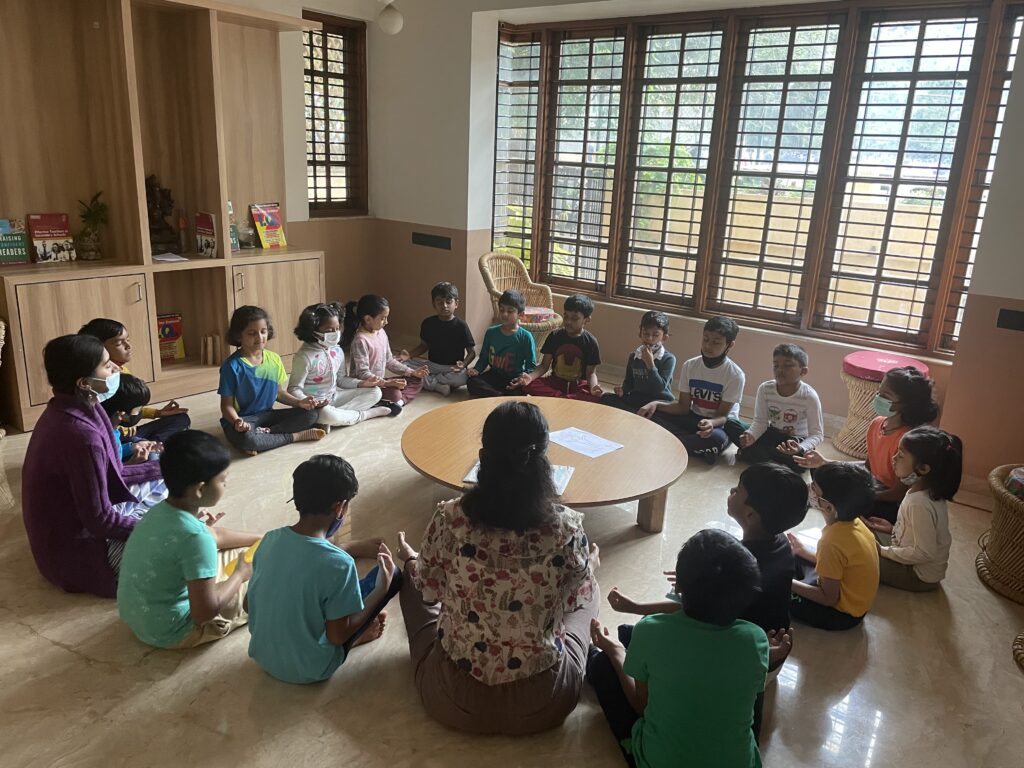Why Is Pedagogy Important in Teaching?
In ancient Greece, where the role of a teacher was initially developed, education was revered as a fine art. Only the wealthiest parents could provide their children with the opportunity to attend school and get an education. Because they provided the kids with priceless knowledge and wisdom, teachers and educators were seen as playing the most significant roles in the learning process.
What Is Pedagogy?
The practice and theory of teaching are both parts of the pedagogical direction. Pedagogy is influenced by educators’ teaching philosophies and includes their knowledge of cultural differences and various learning styles. For students to improve on prior knowledge, meaningful classroom interactions are crucial.
Pedagogy is the study of how to educate students, whether via theory or in the classroom. There is a connection between learning methods and cultural practices. Building on students’ prior knowledge and working to enhance their abilities and attitudes are the fundamental goals of teaching. Using pedagogical direction in the classroom helps students fully comprehend the subject and apply what they have learned outside the formal learning environment.
Why Is Pedagogy Important?
The effectiveness of your teaching and the method students learn could be enhanced by having a well-thought-out pedagogy, which will help them understand the basics of the subject matter more thoroughly. Knowing your pedagogical approaches to teaching can give you insight into how best to facilitate your students’ development of more sophisticated understanding. Additionally, this could affect how students see themselves, leading to cooperative learning environments. The right strategy enables students to advance from elementary thinking processes like fundamental memory and understanding, as described by Bloom’s taxonomy pyramid, to complicated educational processes like evaluation, analysis, and innovation. Students can make the most of their preferred learning styles with a teaching method that supports individuals and the way they learn best.
Role Of Pedagogy In Effective Learning

- Improves Teaching Quality
It encourages students to engage in class activities and increases their receptivity to new knowledge.
- Clarifies Learning Objectives
The learning outcomes, such as increased knowledge and competence, are the driving force behind the student’s study of a subject.
- Enables Learning For Students With Special Needs
As a result, students with disabilities are more likely to participate in class discussions and other activities often reserved for “normal” students.
- Encourages Different Learning Styles
The primary emphasis is on the course results, and students can study in various ways.
Importance Of Pedagogy In Teaching
- Improves Quality Of Teaching
The education quality can significantly increase if a well-thought-out pedagogy is used in the classrooms. This will assist the students in truly understanding the educational material, enhancing their learning outcomes.
- Encourage Cooperative Learning Environment
Using a pedagogical learning approach in the classroom motivates students to cooperate to complete tasks and learn new knowledge. This broadens their perspectives by helping them comprehend and consider the views of the other students, modifying the cooperative learning environments, and developing them into better future leaders.
- Eliminates Monotonous Learning
Child development and pedagogy go hand in hand. It encourages the learner to think creatively and go beyond the traditional learning strategies of memorization and interpretation. Students are prompted to engage in sophisticated learning activities, including analysis, innovation, and evaluation. More than that, it opens students up to learning.
- Student Can Follow Their Ways Of Learning
A well-considered pedagogy could assist students in understanding education in various ways. It accommodates a range of students’ learning styles. Students are free to adopt and maintain their learning styles. The students gradually improve their abilities and learning outcomes due to a greater understanding of the subject.
- Convenient Learning Approach For All
Different teaching and pedagogical learning methods must be used at institutions for students with special needs. Adopting an effective educational strategy will improve their learning and motivate them to integrate into the larger learning community.
- Improves Teacher-Student Communication
As they’re more familiar with the student, the teacher can better identify their flaws and provide guidance.
Students with disabilities or students from underprivileged backgrounds demand more thoughtful and practical pedagogical learning. The strategy helps these students meet their requirements and better integrate them into the larger learning community.
Students can acquire higher-order skills like evaluation, synthesis, and analysis with the help of effective pedagogy.
How Does Pedagogy Impact The Learner?

- Continuous Assessment Of Students
Teachers often assess their students to determine whether they are progressing toward their desired outcomes.
- Student-Centered Approach
A student-centered pedagogy places the onus of learning squarely on the shoulders of the students themselves.
- Develops Cognitive Skills
Evaluating, carefully analyzing, understanding, and applying for the courses, helps students develop their cognitive skills.
- Encourages Teamwork
The pedagogical approaches to teaching promote collaboration and group projects so that students can collaborate with others who share their interests.
Conclusion
This makes thoughtful, relevant pedagogy a comprehensive interdependence of concepts, ideas, and methods of educating students. Taking all of this into account is a terrific formula for a successful educational strategy. Having a keener awareness of your teaching practices can help you better adapt to the needs of your students. It also shows that the student’s accomplishments, outcomes, and skills acquired via the application of the strategy are directly impacted by these pedagogical approaches to teaching.
To guarantee that every child has the most incredible learning experience possible, our teachers understand the value of strong pedagogical learning! At Tapas School, we believe pedagogical practices such as S.T.E.A.M., Debating, Nature Based Education, Creative Arts, and more can encourage a child’s development and maintain enthusiasm in school. This is a crucial foundational element for their future since it indicates that they will be passionate about the learning process.

















 Traditional or Progressive, both methods have their pros and cons. How amazing would it be if a parent got the best of both worlds? This is where Tapas education, a
Traditional or Progressive, both methods have their pros and cons. How amazing would it be if a parent got the best of both worlds? This is where Tapas education, a 
 Primarily, there are a handful of boards in India, and they all maintain different methods of teaching, learning programs, syllabuses, requirements for the curriculum, criteria for assessments, processes for tests, etc. All of these are contributing factors to the development of the students in a prepared and thorough manner.
Primarily, there are a handful of boards in India, and they all maintain different methods of teaching, learning programs, syllabuses, requirements for the curriculum, criteria for assessments, processes for tests, etc. All of these are contributing factors to the development of the students in a prepared and thorough manner. India has adapted to this board easier than others as it prepares the students for life. There are many IGCSE-affiliated schools in Bangalore, one of which is
India has adapted to this board easier than others as it prepares the students for life. There are many IGCSE-affiliated schools in Bangalore, one of which is 



 Each project is looked at minutely and in convergence with the student mix and their interests, behaviours and attention levels to bring about the maximum result. There are many different types of programs and curriculums that PBL follows. At the beginning of the semester, the educator sets the goals that they need to target, focus on and achieve cumulatively. Changes that concentrate on growth, however small they may be, but well-orchestrated are made and these bring about a flurry of change in the classroom in the correct manner.
Each project is looked at minutely and in convergence with the student mix and their interests, behaviours and attention levels to bring about the maximum result. There are many different types of programs and curriculums that PBL follows. At the beginning of the semester, the educator sets the goals that they need to target, focus on and achieve cumulatively. Changes that concentrate on growth, however small they may be, but well-orchestrated are made and these bring about a flurry of change in the classroom in the correct manner.

 Education should not be limited to the four walls of classrooms and as educators, it is our responsibility to create adults who are equipped with skills and resources to thrive in a constantly changing work environment, who are able to live a fulfilling life and be active contributors to society. Tapas, a 100%
Education should not be limited to the four walls of classrooms and as educators, it is our responsibility to create adults who are equipped with skills and resources to thrive in a constantly changing work environment, who are able to live a fulfilling life and be active contributors to society. Tapas, a 100%